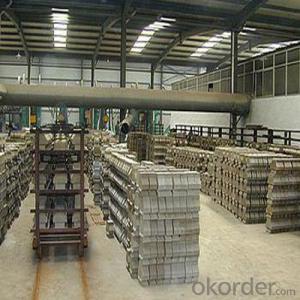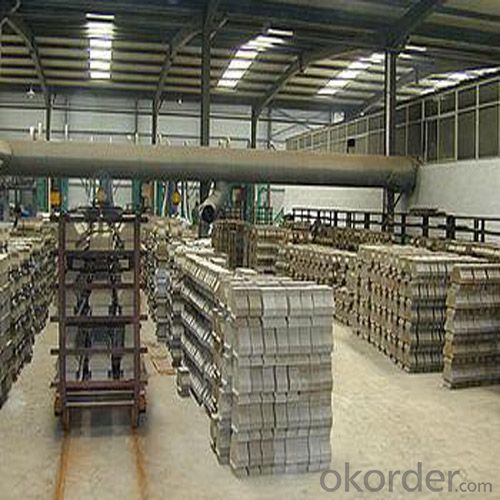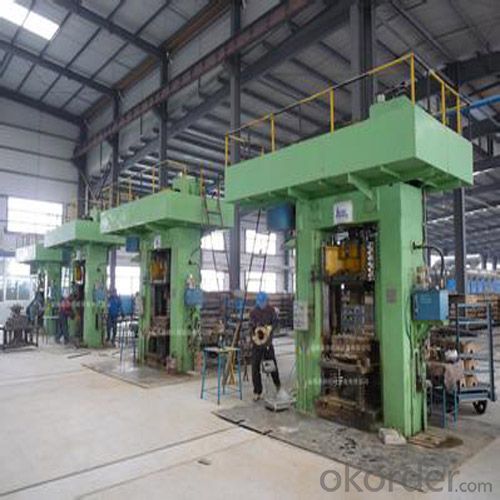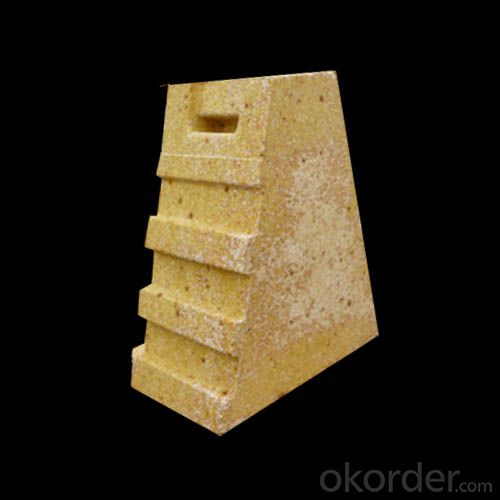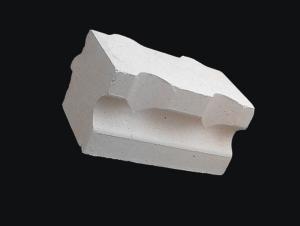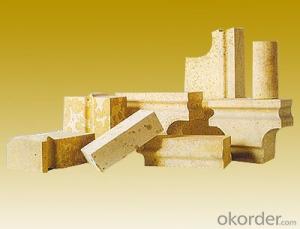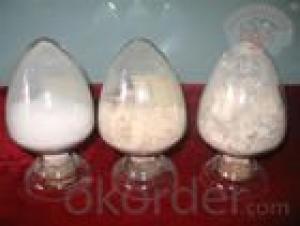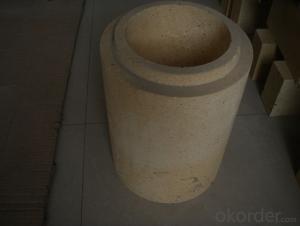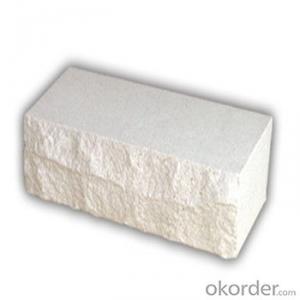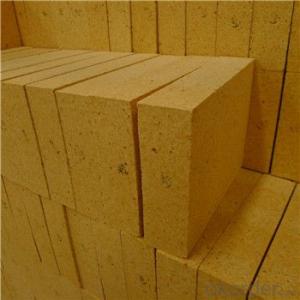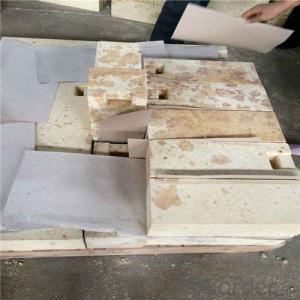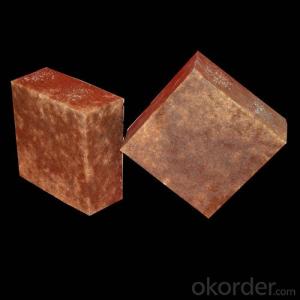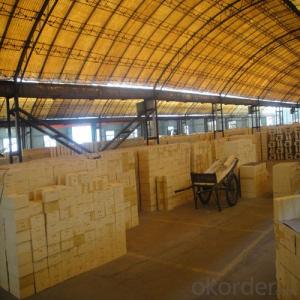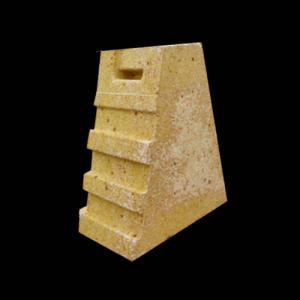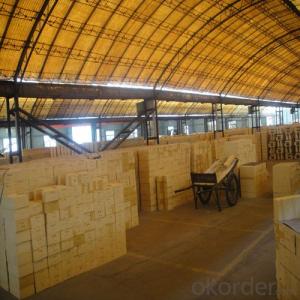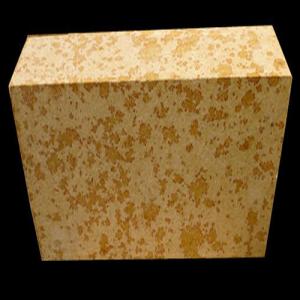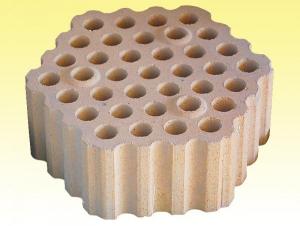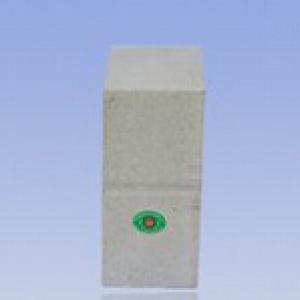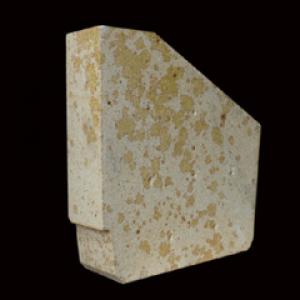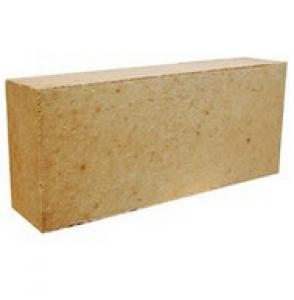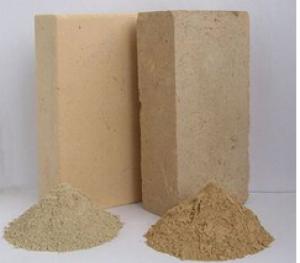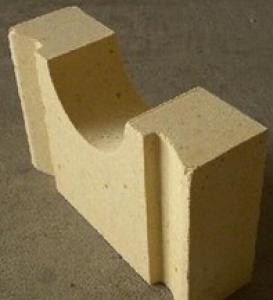Silica Brick S95A for Hot Blast Stove - Hot Sale
- Loading Port:
- China Main Port
- Payment Terms:
- TT OR LC
- Min Order Qty:
- -
- Supply Capability:
- 500000 pc/month
OKorder Service Pledge
OKorder Financial Service
You Might Also Like
General Information of SilicaBrick For Coke Oven
Our corporation produces a comprehensive range of silicabricks, with high silica content, all of these bricks exhibit excellentperformance.
Our Silica bricks are the final result of blendingexcellent tridymite and cristobalite, as the main raw materials withcutting-edge technology, after mixing, drying, forming, in the high temperatureshuttle kiln. There are also little quartz and vitreous within. We ensure youthat the silica bricks made by us possess high quality standard and have gonethrough all the complicated quality control parameters. Their durability andstrength adds life to the structure and they have the capacity of bearing hightemperature.
Feature of Silica Brick For Coke Oven
Resistant to thermal shock, abrasion, chemical attack
High ability for anti-abrasion during work
Superior resistance to acids (including oxidizing)
Resistance to chlorine
Resistance to thermal shock and pressure changes
Low thermal and chemical expansion
Applications of Silica Brick Coke Oven
Silica brick for Coke Oven ismainly used in Coke Oven.
Silica Brick For Hot Blast Stove---S95A | ||
Physical Properties: |
|
|
Permanent Linear Change(1500℃×4h)% | % | 0.2 |
Apparent Porosity, % | % | |
Cold Crushing Strength | Mpa | 27 |
Refractoriness Under Load (T0.6) | ℃ | ≥1600 |
Thermal Expansion | % | ≤1.3 |
Density | g/cm3 | ≥2.35 |
Chemical Analysis: |
|
|
SiO2 | % | ≥95 |
Fe2O3 | % | ≤1.5 |
Al2O3 | % | ≤1 |
Residual Quartz | % | ≤1 |
Note: | ||
- Q: Such purpose and scope please give me detailed points thank you because I am learning stage
- Acidic silica brick refractory material, has good acid resistance and slag erosion, softening temperature is as high as 1640 to 1670 DEG C, in the long-term use volume is relatively stable under high temperature. The silica mineral phase is mainly composed of tridymite and cristobalite, there is a small amount of quartz and glass. Tridymite and cristobalite and quartz remaining at low temperature due to phase change, volume changes greatly, so the brick thermal stability at low temperature is very poor. In use, under 800 degrees Celsius, slowly heating and cooling, so as not to produce cracks. The use of temperature in blast furnace so should not be below 800 DEG on. The properties and process of silica crystal with SiO2 transformation is closely related, therefore, the proportion of it is one of the important quality indexes of silica brick. General requirements below 2.38, high quality silica brick should be less than 2.35. The true density is small, reflecting a large number of scale quartz and square quartz in the brick, the residual quartz is small, so the residual line expansion is small, and the strength is decreased in useThe raw materials for the manufacture of silica brick. The higher the SiO2 content of silica raw material, the higher the refractoriness. The most harmful impurities are Al2O3, K2O, Na2O and so on. They seriously reduce the refractoriness of refractory products. Brick with SiO2 content of not less than 96% of silica as raw materials, adding mineralizer (e.g. millscale, lime) and binder (such as molasses, sulfite pulp waste liquid), after mixing, molding, drying, sintering and other processes in the system.
- Q: How much is the highest melting point of silicon?
- Acidic silica brick refractories, softening temperature is as high as 1640 to 1670 DEG C, in the long-term use volume is relatively stable under high temperature. More than 94% silica content.
- Q: Glass kiln brick for physical and chemical indicators?
- Glass kiln with high quality silica brick products according to the standard JC/T615-1996, the single brick is divided into 3 grades: XBG-96, ZBG-96, DBG-96.
- Q: Which material is good for furnace refractory?
- Kiln types of refractories is very extensive, selection of refractory materials according to the type of furnace furnace temperature and use of selected refractory material, refractory material is divided into custom products of refractory bricks and unshaped refractory castable series products. According to chemistry, it is divided into acidic, neutral and alkaline materials.
- Q: Common bond brick?
- Lime should contain a lot of active CaO, I decompose CaCO3 and MgCO3 not more than 5%, Al2O3+Fe2O3+SiO2 no more than 5%. When the content of large particles, burned Ca-CO3 and over burned lime, the product produced caves, affecting the quality of products.
- Q: What is the silica refractory products?
- High silicon content in high temperature expansion sintering temperature between 1390-1410 in furnace arch
- Q: Why in the production of the brick to detect the volume density
- Fast density test, please consult an instrument.
- Q: High temperature refractory material?
- Many kinds of refractory materials, usually by refractoriness level is divided into ordinary refractory materials (1580 to 1770 DEG C), advanced refractories (1770 to 2000 DEG C) and special refractories (more than 2000 DEG C); according to the chemical characteristics into acid refractory material, refractory materials and basic refractory materials. In addition, the refractory material used for special occasions.Now the definition of refractory materials, has not only depends on whether the refractoriness at 1580 DEG. Refers to the current refractories used in metallurgy, petrochemical, cement, ceramics and other production equipment with inorganic non-metallic materials.
- Q: Physical solid waste disposal
- Too much addition will reduce the refractory and mechanical strength, increase porosity, so the amount of waste brick should not be too much.
- Q: The formula in the refractory brick, and firing curve, who knows?
- Iron scale powder 0.45-0.55%, cement 0.9-1.1%, lime milk 6.5-7.5%, pulp 1.95-2.2%, the silica powder, perlite will be added to the wet mill in proportion, and then add iron scale powder, cement, dry roller 1-2 minutes later
Send your message to us
Silica Brick S95A for Hot Blast Stove - Hot Sale
- Loading Port:
- China Main Port
- Payment Terms:
- TT OR LC
- Min Order Qty:
- -
- Supply Capability:
- 500000 pc/month
OKorder Service Pledge
OKorder Financial Service
Similar products
Hot products
Hot Searches
Related keywords
